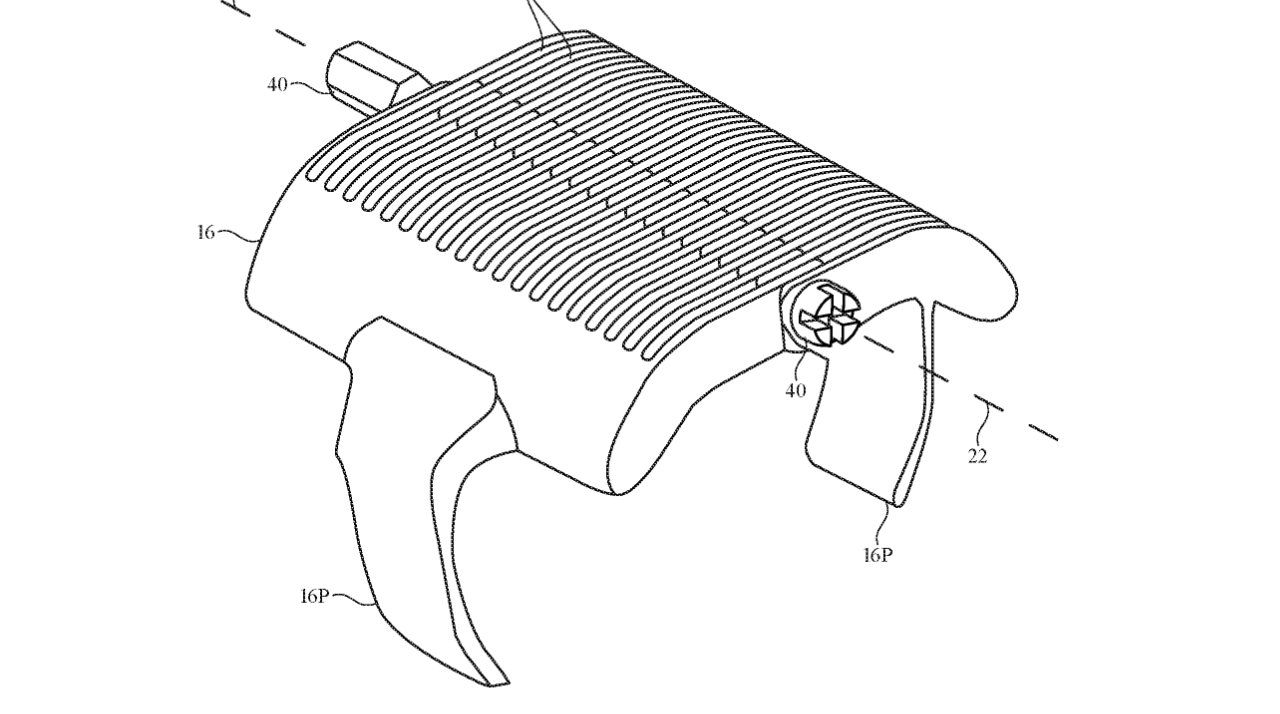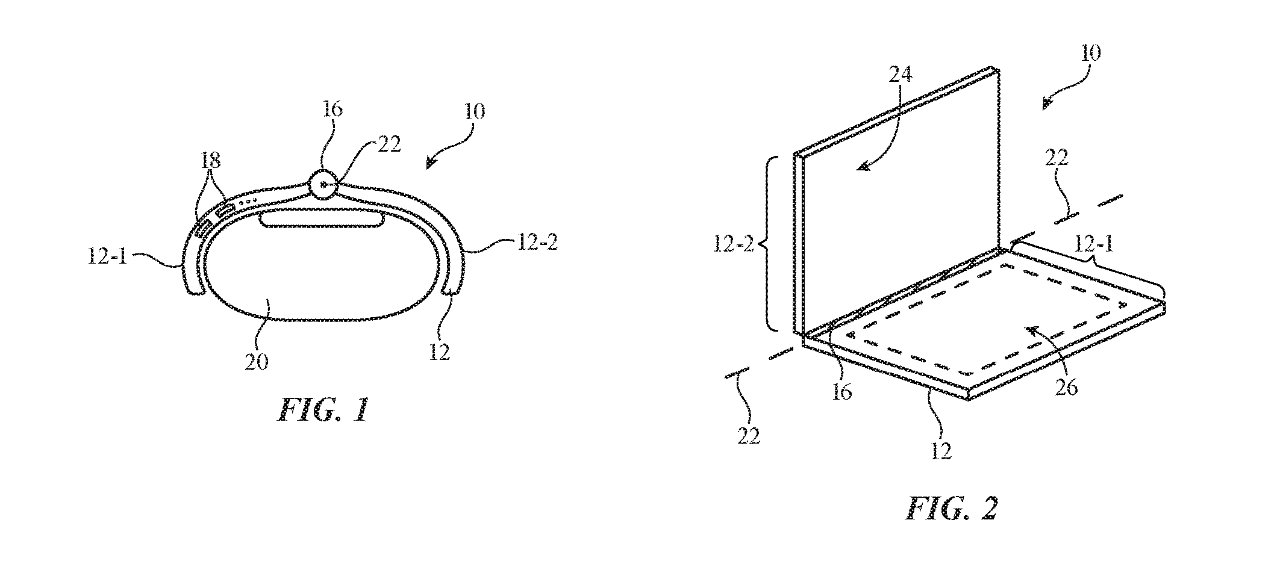New Apple hinge tech could be used in a folding iPhone, MacBook Pro, or future wearables
Apple continues to research hinge technology, planning slim but strong ones made out of composite materials for everything from a folding iPhone, to a MacBook Pro, and other wearables.
Hinges are not the technological revolution that's on the top of anyone's list when it comes to Apple, but maybe they should be — and it looks like we're going to get more.
Apple has famously done PowerBook and MacBook Pro hinges where the opened display pivots back behind the base of the unit. It's also more recently had the Magic Keyboard for iPad, which has hinges that allow it to be strong, yet a little flexible.
Now Apple has been granted a patent for hinge technology that it appears the company wants to employ just about everywhere. A patent application was revealed in January 2021, but now "Electronic devices with fiber composite friction hinges," has been granted.
"Electronic devices may have portions that are joined with hinges," says the granted patent. "[However, if] care is not taken, hinge structures may be bulky, weak, and prone to slippage."
Apple's idea is to "reduce hinge bulk while improving hinge performance," by the "use of fiber composite structures."
The patent chiefly describes this composite structure with reference to smart rings, but also refers to "cellular telephones, tablet computers, laptop computers, desktop computers, head-mounted devices, handheld controllers, finger devices, wristwatch devices, other wearable devices, keyboards, computer mice, remote controls, speakers, accessory displays, accessory cameras, and/or other electronic devices."
That is patent-speak for arming future lawyers when other companies attempt something similar. But it also speaks to how the one idea has so many possible applications.
The patent goes into great detail about what could be either side of the hinge. So there is much about, for instance, having circuitry on one side and controlling the display on the other side.
Similarly, there is a lot of detail about materials and "transparent housing structures."
But the core of the proposal is that a hinge could be made from very many overlapping "fingers."
"The fiber composite hinge may have first and second sets of interdigitated elongated fingers," says Apple. "Holes in the elongated fingers may receive a shaft of a fastener."
"[Then the] fastener may be tightened to squeeze the elongated fingers together along the hinge axis," it continues. "The fiber composite hinge may be formed from a fiber composite material such as carbon fiber composite material."
Whatever the fingers are made of, they "may be embedded in binder such as polymer binder." Then "actuators may be provided to adjust the positions of portions of the hinge members."
So as well as being flexible, this proposal is for a hinge that could be positioned as the user needs. And that includes when used in a smart ring.
"Portions of [the] hinge may help grip the sides of a user's finger when device is mounted on the user's finger," continues Apple. "[The hinge] can allow portions to rotate towards or away from each other about hinge axis.
This patent application is credited to three inventors, including the prolific Paul X. Wang. His very many previous patents and applications include ones concerning an expandable smart ring, and fingertip tools for Apple AR.
 William Gallagher
William Gallagher












 Malcolm Owen
Malcolm Owen
 William Gallagher and Mike Wuerthele
William Gallagher and Mike Wuerthele
 Christine McKee
Christine McKee


 Marko Zivkovic
Marko Zivkovic







